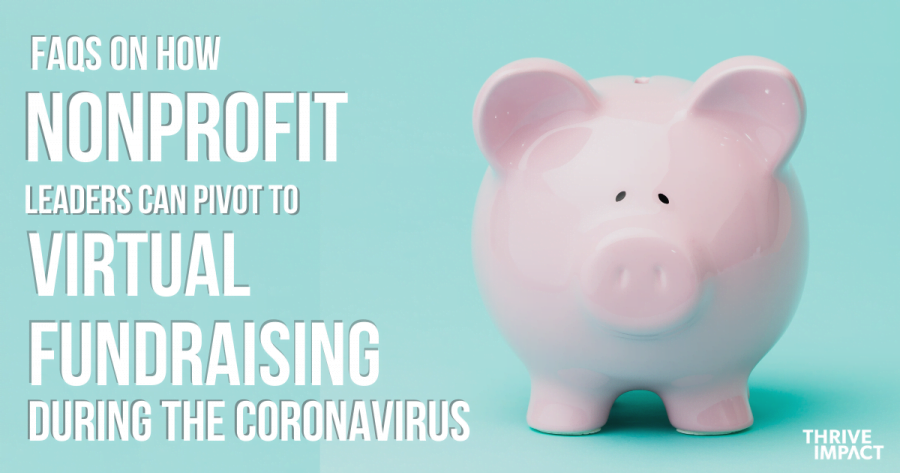
*Credit above to Steven Screen’s “components of a fundraising offer”
And above all, it’s important to simply ask. If you’re struggling with it, remember that people want to feel helpful. Lots of us may feel helpless right now — so reframe your ask as actually giving people an opportunity to help. People who support nonprofits are motivated by mission and empathy, and now is a great time to tap into both.
The quickest way to make up revenue is making personal asks to larger donors. If that’s not possible, virtual events can raise lots of money if they spread through people’s connected networks. Ask donors to share with a friend every time they give. Also, consider expanding your geographical boundary beyond your normal reach — the virtual environment has eliminated the usual necessity of going local.
It may be hard to compensate enough for a big money maker like a gala, but a remote donation campaign or online experience can be powerful if it’s set up with the same level of care you’d show an in-person event. Nonprofit organizations have recently seen success in asking supporters to donate the same cost of a plate or a table (that they otherwise would have, or already had, committed to) and hosting a virtual event instead.
Nonprofits are facing really hard choices right now. Fundraising should be one of the last cuts you make — especially when the other business functions rely so much on money coming in.
Start by focusing your strategies on those most likely to give, such as recent past givers, people over 45 years old, your close supporters, etc. Then, try to automate your effort as much as possible. Think about ways to create a welcome series, follow-up emails, and appeals that go out automatically through your email marketing provider (MailChimp, Constant Contact, etc.) You can even use “thank you” voicemails that are pre-recorded.
You may just have to make the time to do some of it yourself, too. Call or set up quick Zoom appointments with your larger donors to engage with them regularly. Even if you don’t make an ask, connecting with them personally will strengthen your relationships and give them a visceral picture of your urgent needs.
Think about it like any good outreach campaign, albeit with an especially urgent focus right now. You need:
Simply, that’s what works in general and what seems to be working right now as well. Boil everything down to its essence: If you had to explain your urgent need for funding in 150 words or less, what would you say? A good cause is the most attractive offer you can make.
Answer these questions:
Make that case for urgency, connect the dots to your mission, and make a direct and empathetic ask.


